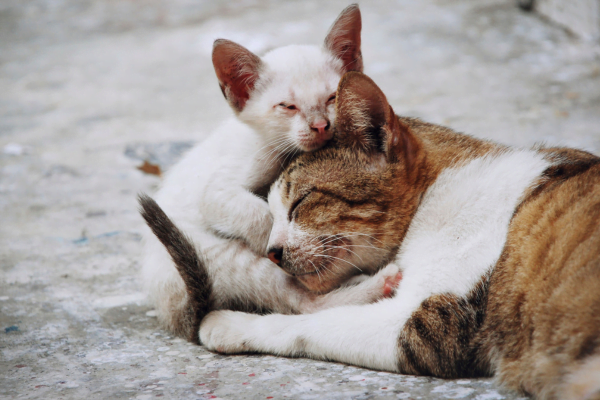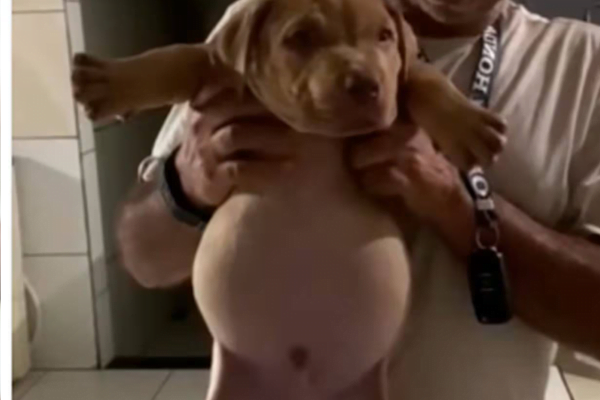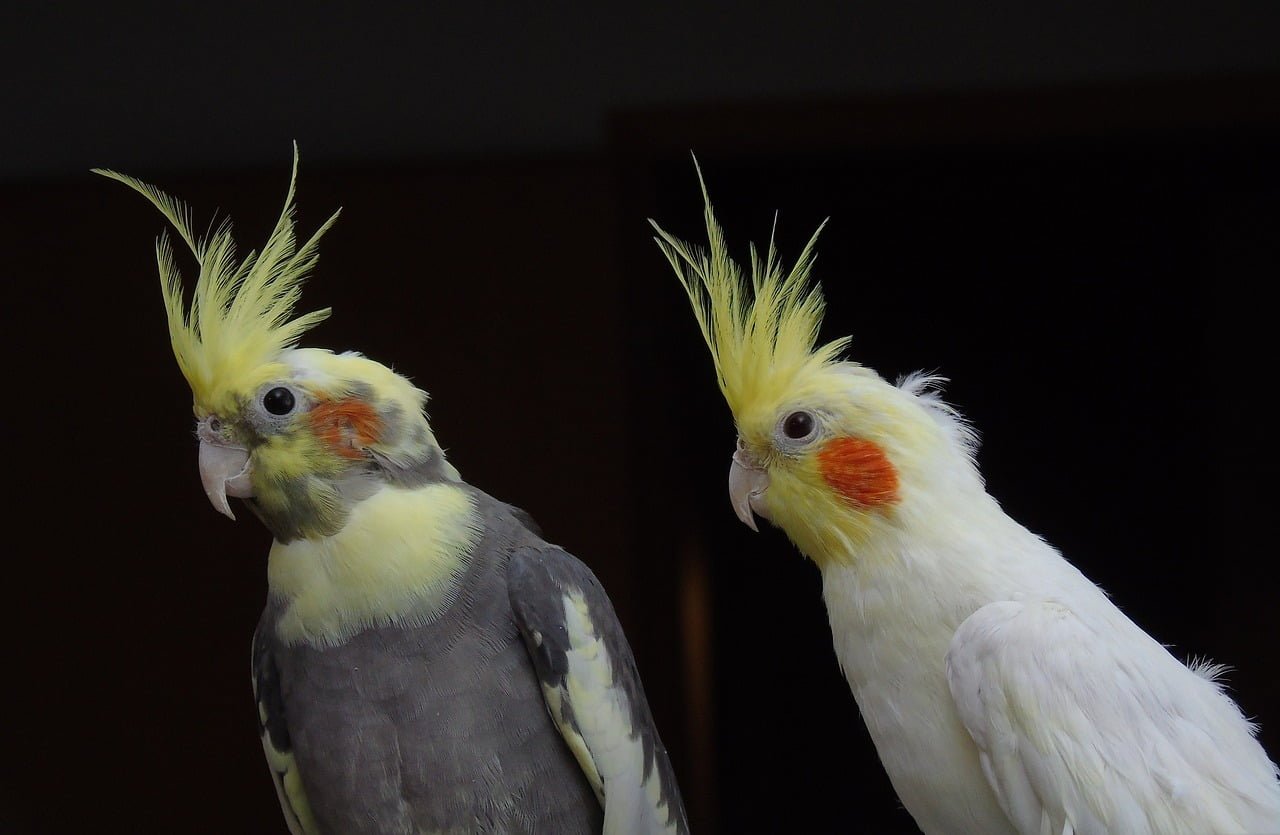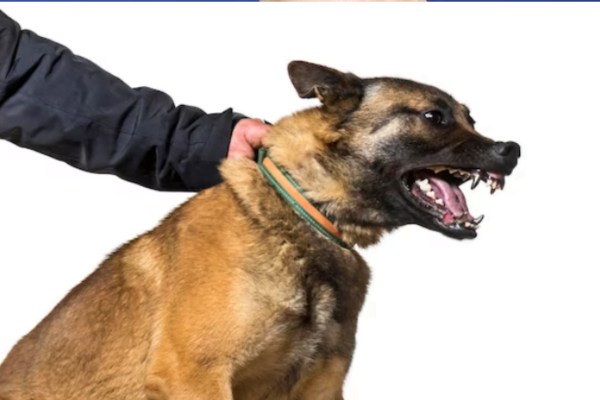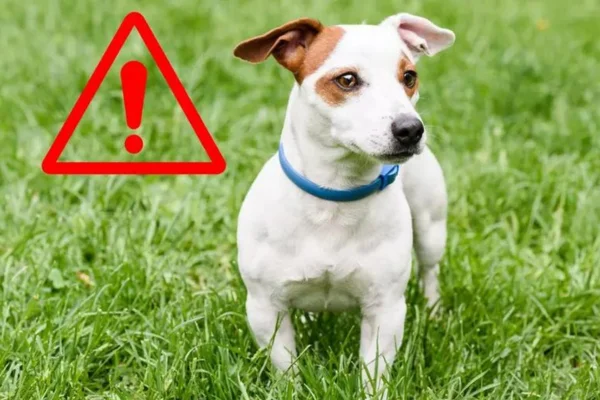8 Symptoms of Labor in Cats
Labor in cats can be an exciting experience for feline owners. However, it's crucial to be aware of the symptoms that indicate your cat is about to give birth. In this comprehensive guide, we'll explore the 8 symptoms of labor in cats and provide you with valuable information to ensure you're prepared to care for your pet during this special time.
Introduction
The birth of kittens is a unique moment in the life of any cat and owner. Knowledge of the symptoms of labor in cats is essential to ensure that you can offer the best possible care to the feline mother-to-be. Let's explore these symptoms in detail and answer some common questions on the subject.
Symptoms of Labor in Cats
1. restlessness
A pregnant cat often becomes restless a few days before labor. She may look for hidden places to nest and prepare for childbirth. This behavior is a clear sign that kittens are on the way.
Contents
2. Agitation
As labor approaches, your cat may seem agitated, move frequently and vocalize more than usual. This agitation is a natural response to contractions and labor pain.
3. Excessive licking
Pregnant cats tend to lick their genitals more often as they get closer to giving birth. This behavior helps keep the area clean and is a sign that labor is imminent.
4. Loss of appetite
A common symptom of labor in cats is loss of appetite. Your cat may refuse food before giving birth because the pressure of the growing kittens makes her feel full.
5. Vaginal secretion
As labor approaches, the cat may start to release a vaginal discharge. This is a clear indication that labor is near.
6. Nesting behavior
Pregnant cats exhibit nesting behavior, where they look for a comfortable place to give birth. Provide a calm and safe environment for her with a prepared maternity box.
7. Changes in Body Temperature
An early sign of labor is a drop in your cat's body temperature. Monitor her temperature regularly and consult your vet if you notice a significant drop.
8. Contractions
The most obvious symptom is the occurrence of uterine contractions. As labor progresses, the contractions will become more frequent and intense.
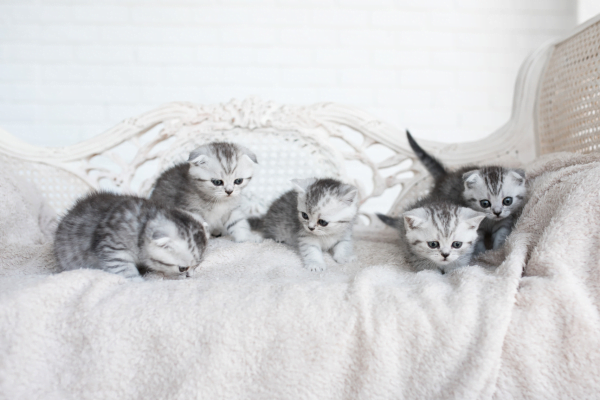
Frequently Asked Questions
How can I prepare a safe environment for my cat's birth?
Make sure you create a comfortable maternity box, lined with soft clothes. Place it in a quiet, easily accessible place.
What should I do if my cat isn't taking care of her kittens after giving birth?
This can happen, especially with first-time cats. If this happens, you may need to help clean the kittens and encourage breastfeeding. Consult your vet for advice.
How often should I check the progress of labor?
While it's important to monitor your cat's labor, avoid interfering too much. Check on her periodically, but allow her to concentrate on giving birth.
Can I stroke my cat during labor?
It's best to keep interaction with the cat to a minimum during labor, so as not to cause additional stress.
What should I do if something goes wrong during childbirth?
Contact your vet immediately if you notice any signs of trouble, such as prolonged labor, delivery difficulties or any abnormal behavior.
When should I plan to sterilize my cat after giving birth?
Consult your vet to discuss the ideal time to sterilize your cat after giving birth. This will help prevent unwanted pregnancies in the future.
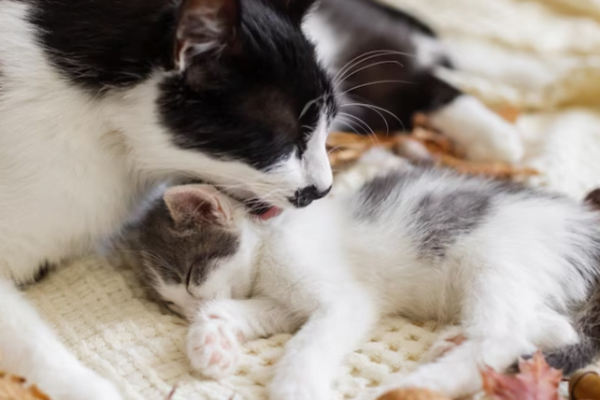
Conclusion
Labor in cats is an emotional and delicate event. Knowing the symptoms and being prepared to support your cat during this period is essential. With the right environment and appropriate care, you can ensure a safe and healthy experience for your cat and her new kittens.
Thanks for stopping by, check out our other work too
https://vettopbr.com/tosse-em-caes/

